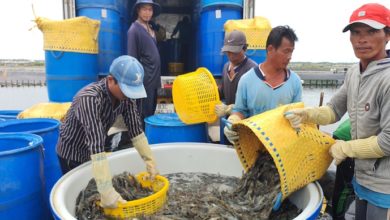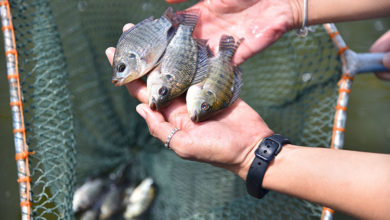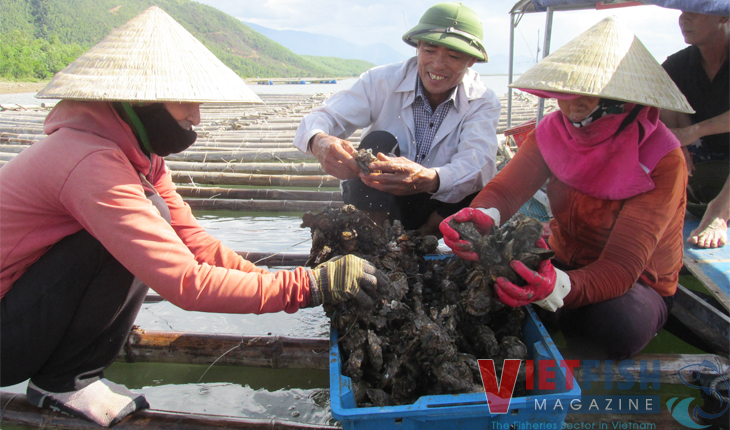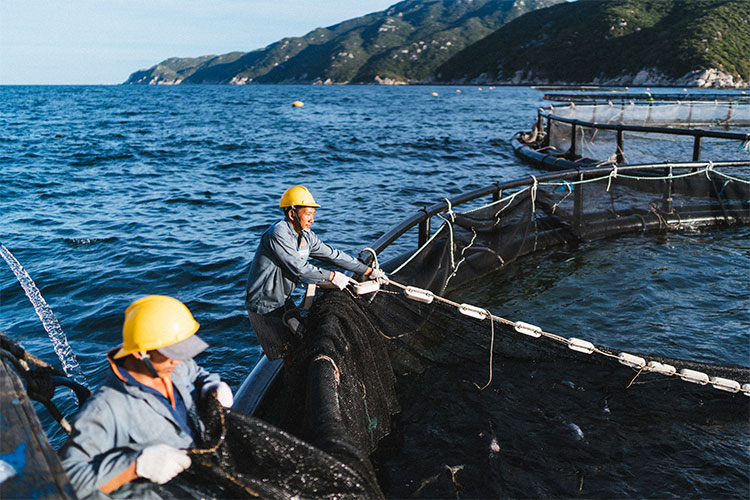Long-term strategies for coastal aquaculture
Coastal aquaculture faces challenges like changing water conditions and algal blooms. Continuous data helps farmers respond effectively, improve yields, and ensure long-term sustainability.
While RAS and pond aquaculture operations need to keep a closer eye on feeding schedules and density in tanks and pens, raising fish and shellfish in coastal environments presents its own unique difficulties. Compared to more controlled environments, animals raised in the open ocean experience greater fluctuations in turbidity, salinity, temperature and other parameters on both a daily and seasonal basis. Besides that, animals in open ocean pens may be exposed to harmful algal blooms (HABs) and nutrient deposits from runoff.
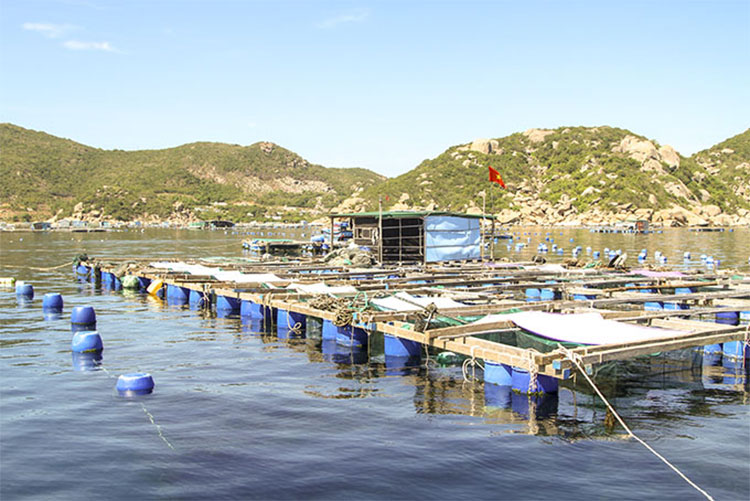
However, while these factors can be difficult to manage, access to reliable data helps farmers understand their environment and make informed decisions. The ability to look at how water quality changes minute by minute, day by day, or month by month opens the door to understanding why these changes occur, cutting costs, increasing yield and creating optimal conditions for fish and shellfish to thrive.
Continuous data delivers early HAB warnings
Harmful algal blooms (HABs) continue to increase in frequency and severity as warm waters create ideal conditions for algae growth. Once-seasonal HABs are on their way to becoming a year-round concern, particularly in tropical climates such as in Southeast Asia, the Mediterranean, parts of the US and Northern Australia. Precise monitoring data helps farmers track algae growth and put in place contingency plans.
Continuous monitoring is critical for the South African abalone operation, Abagold. While Abagold raises their animals indoors, the scale of the operation requires pumping water from Walker Bay into a flow-through system, making the animals vulnerable to harmful algal blooms. In 2017, a red tide wiped out 30% of Abagold’s stock. After this event, the company invested in infrastructure that would allow it to close the intake point and temporarily run the facility as a recirculating aquaculture system (RAS) when necessary. The success of this defensive measure depended on early HAB detection.
In 2022, they installed a multiparameter sonde (Aqua TROLL 500, In-Situ, USA) equipped with temperature, chlorophyll a, and BGA-PE sensors. They connected the instrument to telemetry programmed to deliver water quality updates every five minutes. The ability to view data in near real-time and set custom alarms means the abalone are no longer vulnerable to changes in water quality after working hours.
“This live feed is critical for our operations and being able to make decisions,” said Sarah Halse, Abagold’s Research Manager. “When we have the ability to monitor (the intake), we can switch the intake off quickly and that’s a lot less impact on the animals.”
Abagold can now use three years of continuous data to predict trends and generate risk assessments. Thanks to ongoing data collection and modeling technologies, Abagold is better equipped to take preventive action and ensure optimal conditions for its animals.
Understanding oyster mortality through trend analysis
Operations in estuarine and brackish environments need to be mindful of excess nutrients from freshwater, agricultural and urban runoff. These nutrients encourage algae growth and accelerate the consumption of dissolved oxygen, creating effects similar to HABs.
Throughout many years of growing oysters in the San Francisco Bay area, workers at Hog Island Oyster Company (HIOC) recognised that productivity and mortality at their sites varied throughout the year, but they did not know why. In 2022, Max Rintoul reached out to the Founder and President of LakeTech, Eli Kersh, hoping that continuous monitoring would allow HIOC to better understand oyster mortality.
Kersh installed three Aqua TROLL 500s equipped with temperature, salinity, chlorophyll a, and fluorescent dissolved organic matter (FDOM) sensors. Each sonde was connected to VuLink telemetry for real-time access to continuous data. In mid-June 2023, HIOC experienced an unusually early mortality event.
In 2023, the area around HIOC received above-average rainfall in winter and early spring. The rainwater carried runoff–containing dissolved organic matter and other nutrients–directly into the bay where HIOC’s oysters are farmed. Rintoul saw a spike in FDOM data after the rainfall, and about a month later, a spike in chlorophyll a.
Oysters usually die in late summer/early fall, after they spawn and complete their reproductive cycle. “We usually see oysters start spawning in mid-July, as a response to rising water temps in late June,” he says, “However, a spike in chlorophyll a combined with increasing temperatures in May created the perfect conditions for the oysters to spawn early.”
“The sensor data provided valuable context for the June mortality event,” said Rintoul. For the first time since launching their business, continuous data allowed HIOC to better understand how these conditions evolved.
Select the setup that best suits needs
For coastal aquaculture operations, effects will always be subject to environmental factors. It can be difficult or impossible to prevent die-offs. Once they occur, investigating the cause can be challenging, as trigger factors are often long gone. It is critical not to underestimate the difference monitoring can make. With accurate, continuous water quality data, farmers can return to their records and identify the source of changes in water quality. This information is invaluable for understanding natural fluctuations in the environment and strategising for proactive management in the future.
When considering the ideal setup for an operation, it is important to consider growth potential and flexibility. In-Situ sondes are designed to be fully customised. Smart sensors fit in any port and the monitoring program is adaptable to seasonal fluctuations. Additionally, all In-Situ instruments can support both spot checking and continuous data collection, providing essential flexibility.
Aquaculturists can collect data on essential parameters such as dissolved oxygen (DO), temperature, pH and conductivity, or expand their monitoring capabilities to include chlorophyll a, FDOM and nutrient ISE sensors. With robust multiparameter sondes and cost-effective telemetry such as VuLink (In Situ, USA), continuous coastal aquaculture data is easy to collect and access. Installing several lightweight Rugged Buoys strategically across an operation gives full coverage of water quality parameters and a complete picture of aquaculture water quality. With a powerful software platform like HydroVu to store, graph and analyse the data, farmers can watch coastal water quality evolve in real time or return to the data to understand the factors influencing habitat conditions.
It is clear that continuous data collection gives an advantage in planning responses, cultivating sustainable practices and working toward long-term business security. While coastal aquaculture can be unpredictable, ongoing monitoring data is an undeniable asset.
Aquaculture Asia Pacific
May/June 2025


